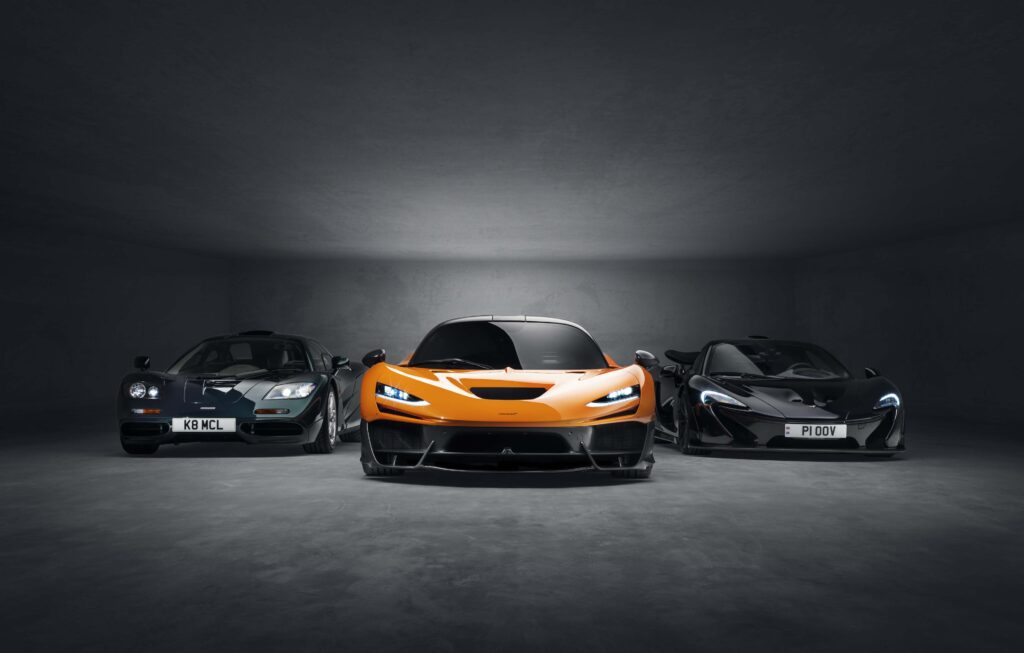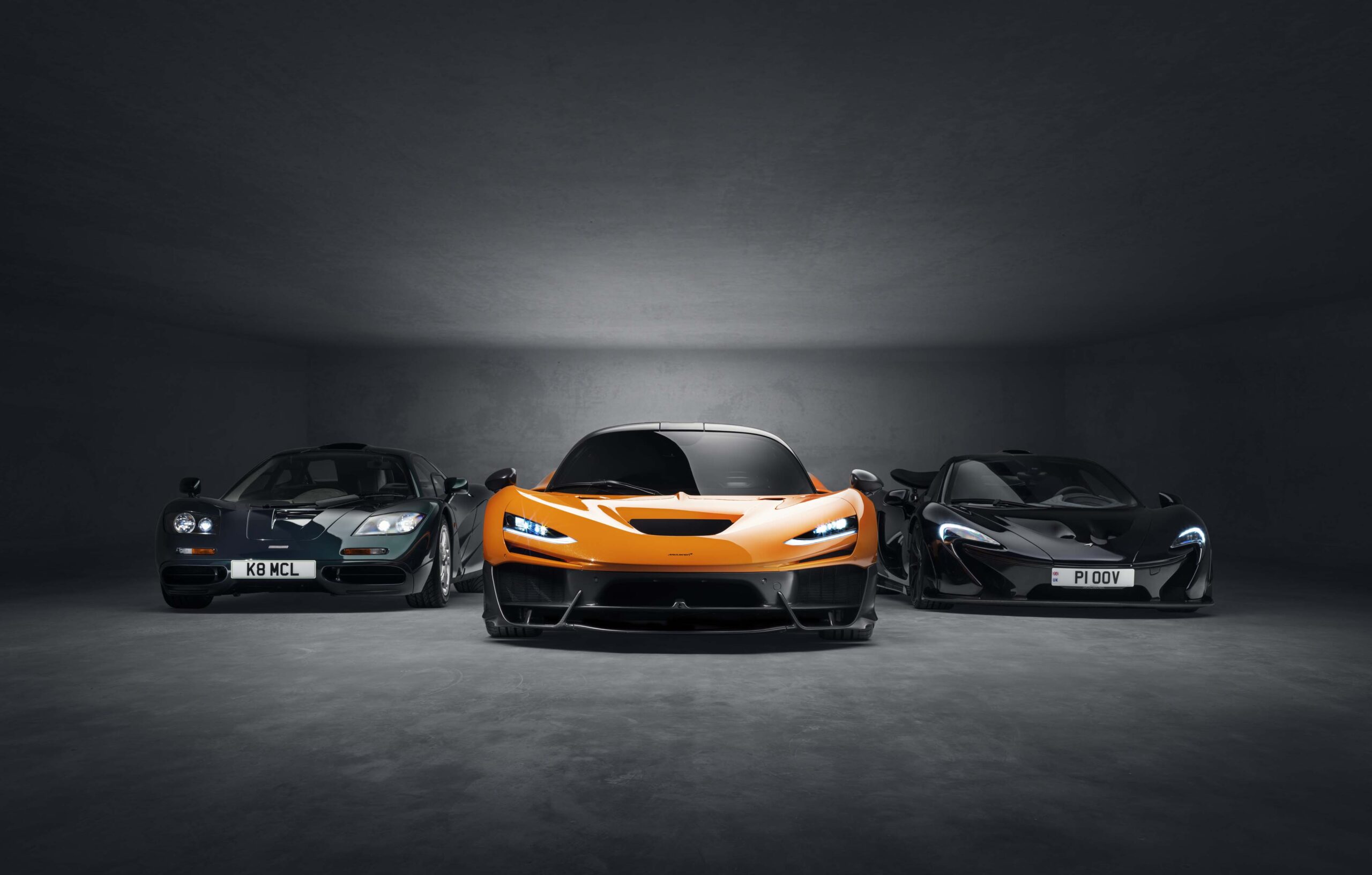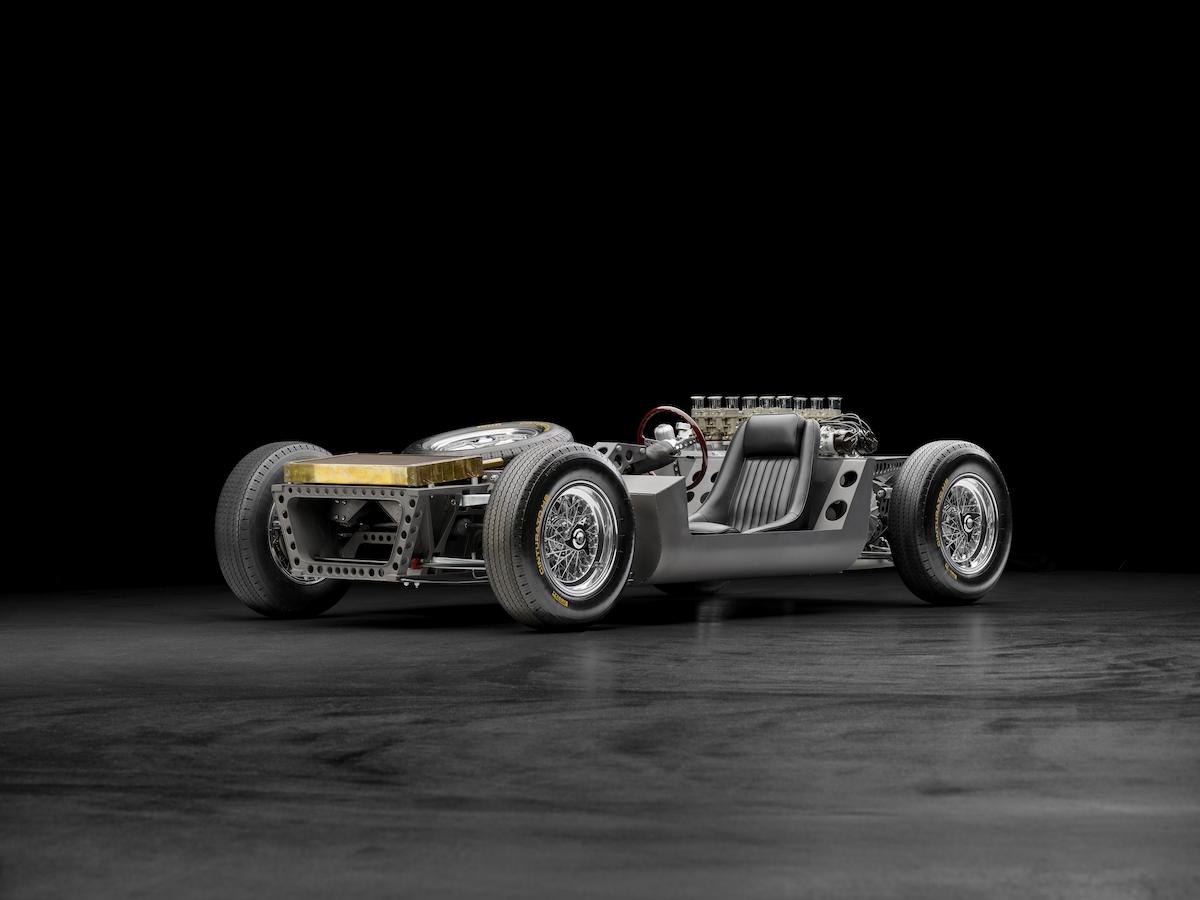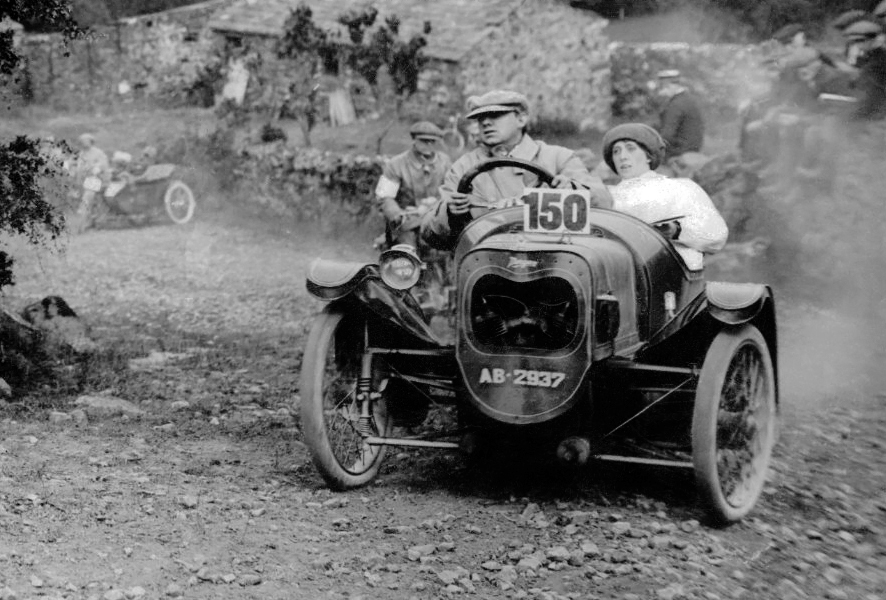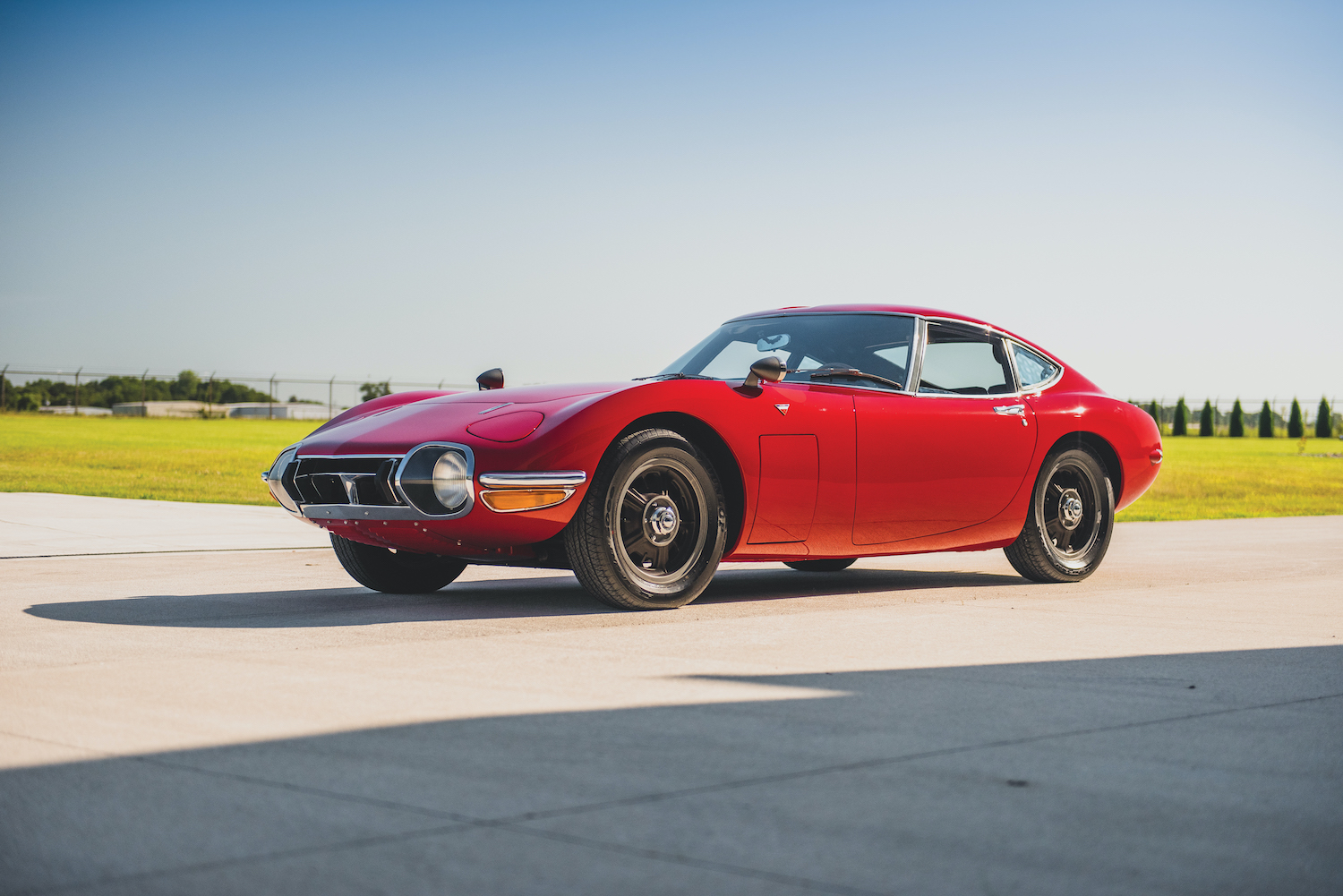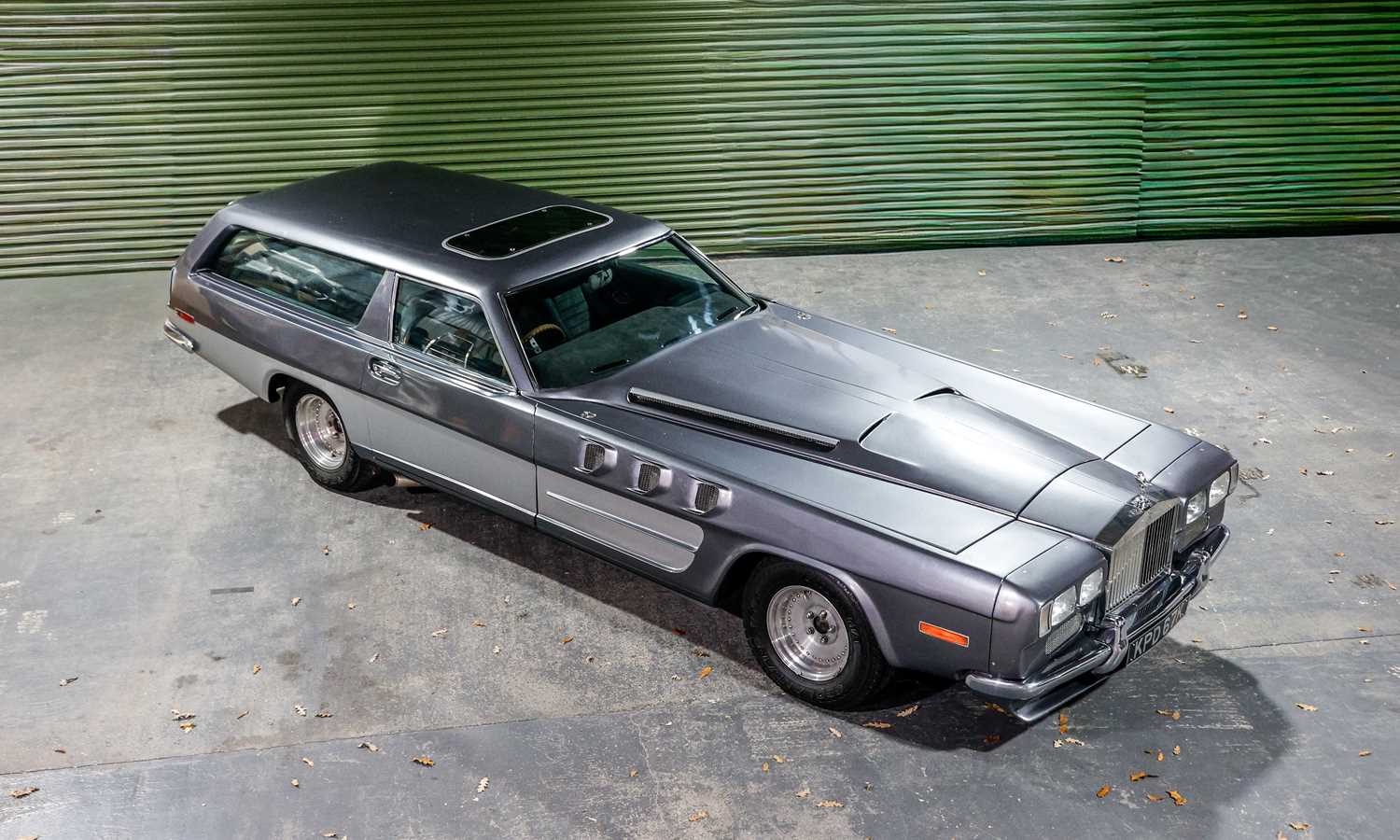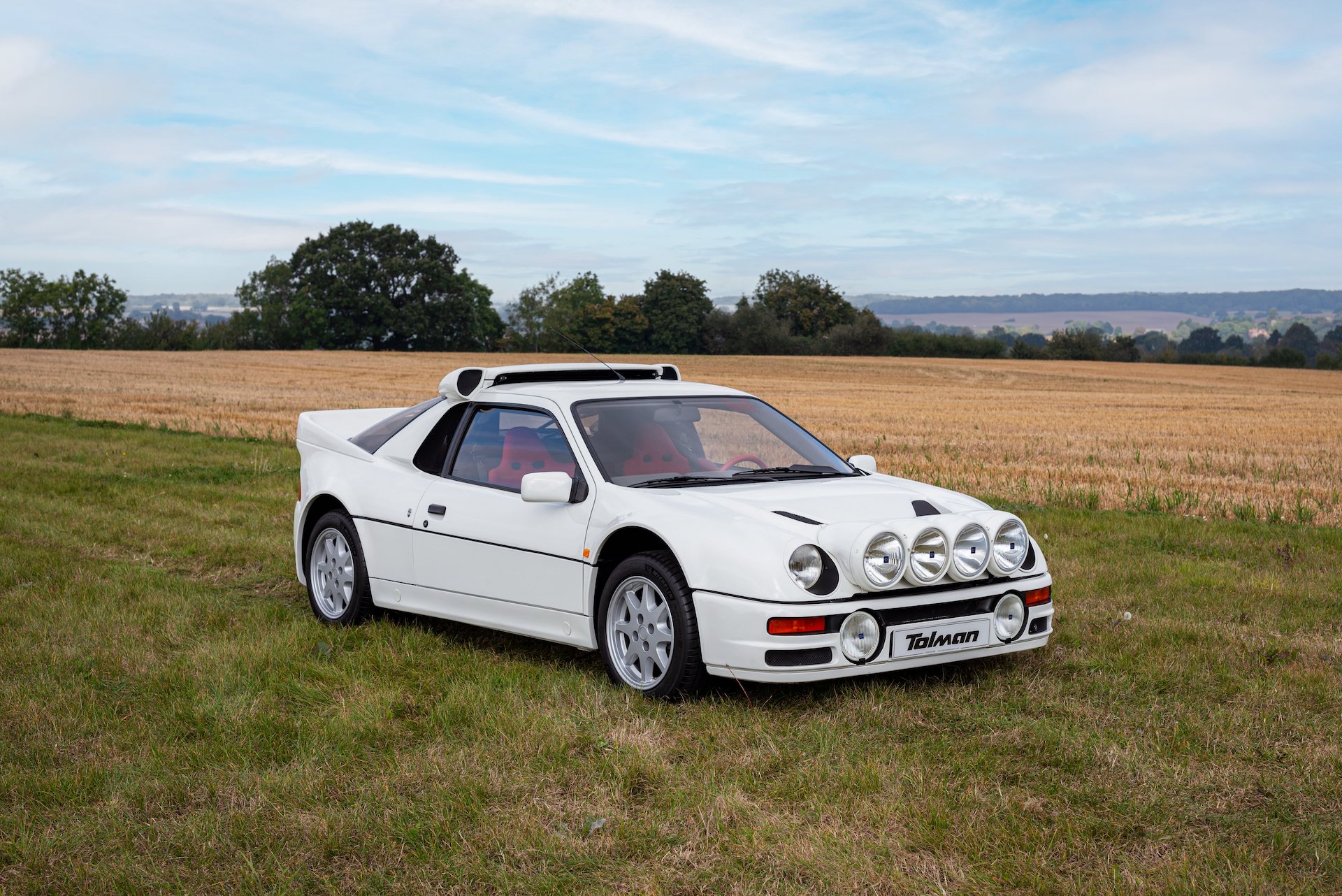It isn’t every day that McLaren reveals a new flagship ‘1’ car to the world. Indeed, there have only been three so far since McLaren Automotive was established nearly 40 years ago in December 1985.
The Woking-based company’s latest hypercar creation is the W1 – a lightweight, rear-wheel drive flagship that proves hybrids don’t have to be boring or heavy. At this week’s 2025 Goodwood Festival of Speed, from July 10-13, it has finally made its global public debut nine months after it was first revealed.
Extreme looks, extreme engineering, and extreme performance are what define the W1 – and that’s exactly what any ‘1’ car needs. As part of its Goodwood debut, the lineage behind the W1 will also be celebrated alongside it.
McLaren F1: The hypercar pioneer

This lineage of course began in 1992 with the iconic F1, McLaren’s first ‘type approved’ road car. The brainchild of famed designer Gordon Murray, whose expertise came from Formula 1 success with Brabham before joining McLaren in ’87, it was Murray who convinced then McLaren boss Ron Dennis to begin manufacturing road cars.
Calling the F1 a pioneer would be an understatement. One of the first road cars to feature a fully carbon-fibre monocoque and laced with proprietary design and tech elements, Murray’s mission was to create “the ultimate road-going sportscar”.
Mission accomplished, you’ll surely agree. Featuring a three-seat layout that placed the driver front and centre, a bespoke 6.1-litre naturally aspirated V12 engine produced by BMW serving up 461kW (618hp), and of course a set of eyebrow-raising butterfly doors, it was the most extreme car public roads had ever seen.

In March 1998, it was crowned the world’s fastest production car by Guinness World Records, when the XP5 prototype with an adjusted rev limiter hit 386.4km/h (240.1mph), far surpassing the Jaguar XJ220.
It’s no wonder, then, that the world’s best-known car enthusiasts all had to have a McLaren F1. Rockstars such as The Beatles’ George Harrison and Pink Floyd’s Nick Mason, entertainers Jay Leno and Rowan Atkinson, and fashion designer Ralph Lauren all had to have one. Even mainstream EV pioneer Elon Musk had one in his PayPal days, long before his Teslas were flooding our roads.
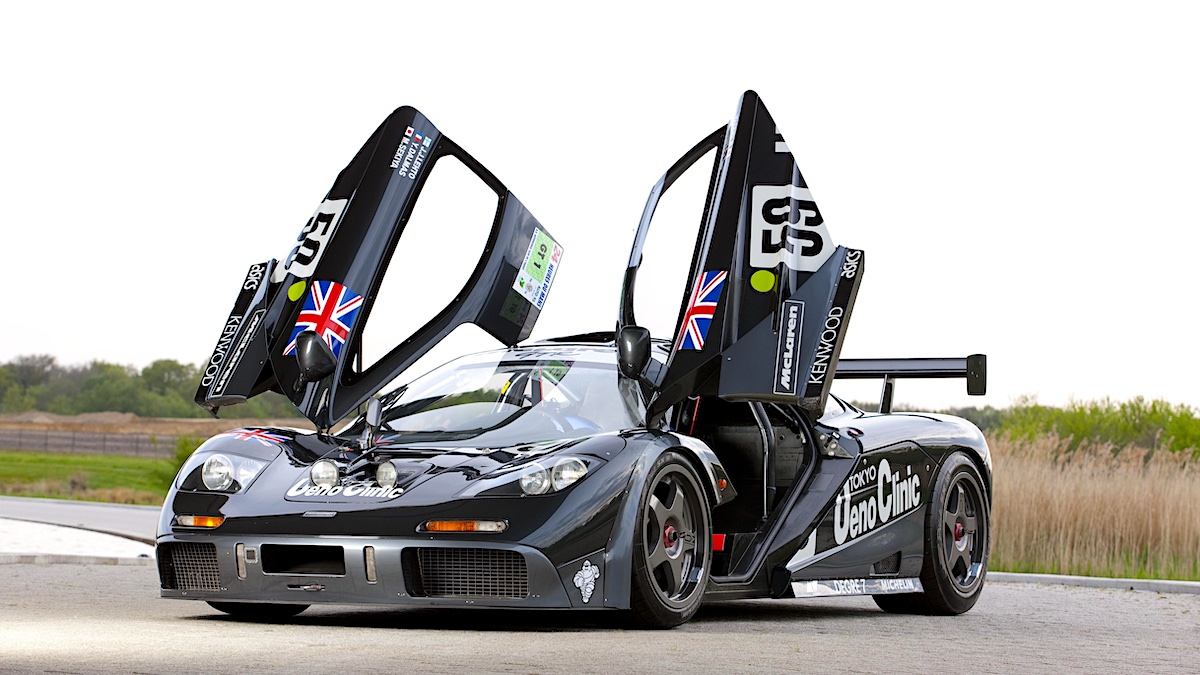
Although not designed for racing, modified versions went on to achieve some big successes, none more notable than an F1 GTR winning the 1995 24 Hours of Le Mans, with car number 59 driven to outright victory by Frenchman Yannick Dalmas, Japanese driver and 1992 Le Mans runner-up Masanori Sekiya, and Finnish former Formula 1 driver JJ Lehto who went on to win Le Mans again a whole decade later.
McLaren F1 production ran from 1992 through to ’98, with 106 examples produced in total. In 2021, chassis ‘029’, an all-original example with just 390km on the odometer, sold for a record US$20,465,000 at Gooding & Company’s Pebble Beach Auction.
The P1 cements its place in the ‘hypercar Holy Trinity’

So influential was the F1 that if you look on its Wikipedia page, you’ll see six successors listed across three marques. Mercedes-Benz’s SLR built in collaboration with McLaren and Gordon Murray Automotive’s T.50 are those other two, their names sitting alongside McLaren’s next road car, 2011’s MP4-12C, and the F1’s true spiritual successor, the Speedtail.
The most direct successor to the F1, however, and the second instalment in both the ‘1’ car and ‘Ultimate Series’ lineages, was the P1.
In its own way, the P1 was also a pioneer, but this time for the introduction of hybrid technology to the high-performance sports car segment. As we of course know 12 years later, the development and early adoption of such technology back then has proven crucial for today’s market where new vehicle emissions regulations are becoming ever more strict.
Around the same time, two other supercar-makers had been working on their own top-end hybrid models: Porsche’s 918 Spyder and Ferrari’s LaFerrari. When all three launched in the latter half of 2013, this collective throwing down of the gauntlet created what came to be known as the ‘Holy Trinity of hypercars’.

The P1 – like the 918 Spyder, although unlike the V12 LaFerrari with its KERS system – was a plug-in hybrid, pairing an electric motor and lithium-ion battery pack with a twin-turbocharged V8 engine (a 3.8-litre unit in the P1’s case).
The Porsche boasted all-wheel drive, but McLaren’s P1 intended to deliver a rawer experience with all its 674kW (903hp) delivered to the rear wheels alone.
The F1’s production numbers were more than tripled by the end of the P1’s production run in December 2015, with 375 units produced. Some pre-production prototypes were later refurbished, modified, and sold to customers as well.
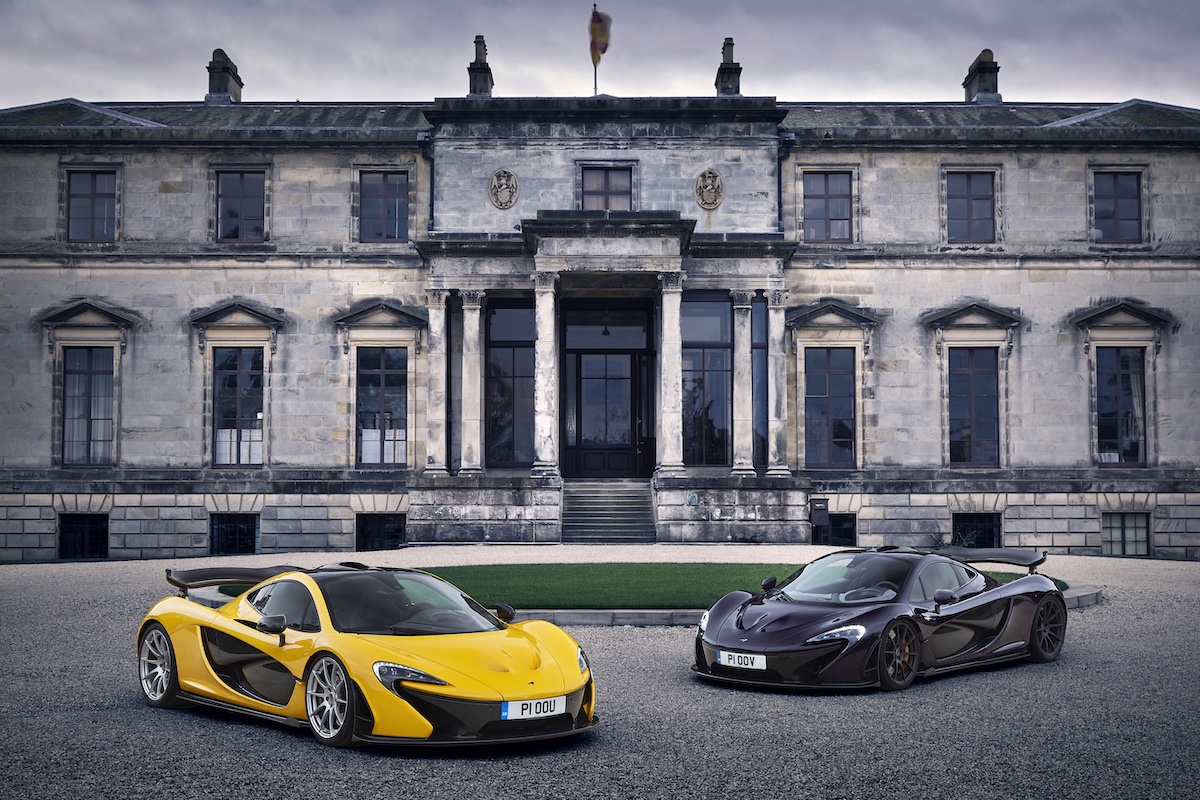
Perhaps the best-known example of the P1 is one shown in some images here is chassis PP3, better known by its number plate ‘P1 OOV’.
McLaren wasn’t afraid to let the press loose in this P1, which was also used extensively for development and promotional work, leading this press car to rack up more than 32,000km (20,000 miles) with many famous names taking the driver’s seat during that time. It’s since been refurbished and the ‘high mileage’ P1 today sits in McLaren’s heritage collection.
Supposedly, offers in the region of £4 million had been made for the famous ‘P1 OOV’. In November 2021, a US-based, Fire Black Elite-painted example with just 433 miles on the clock sold via Collecting Cars for US$1.6 million.
McLaren’s W1 proves hybrids don’t have to be lifeless
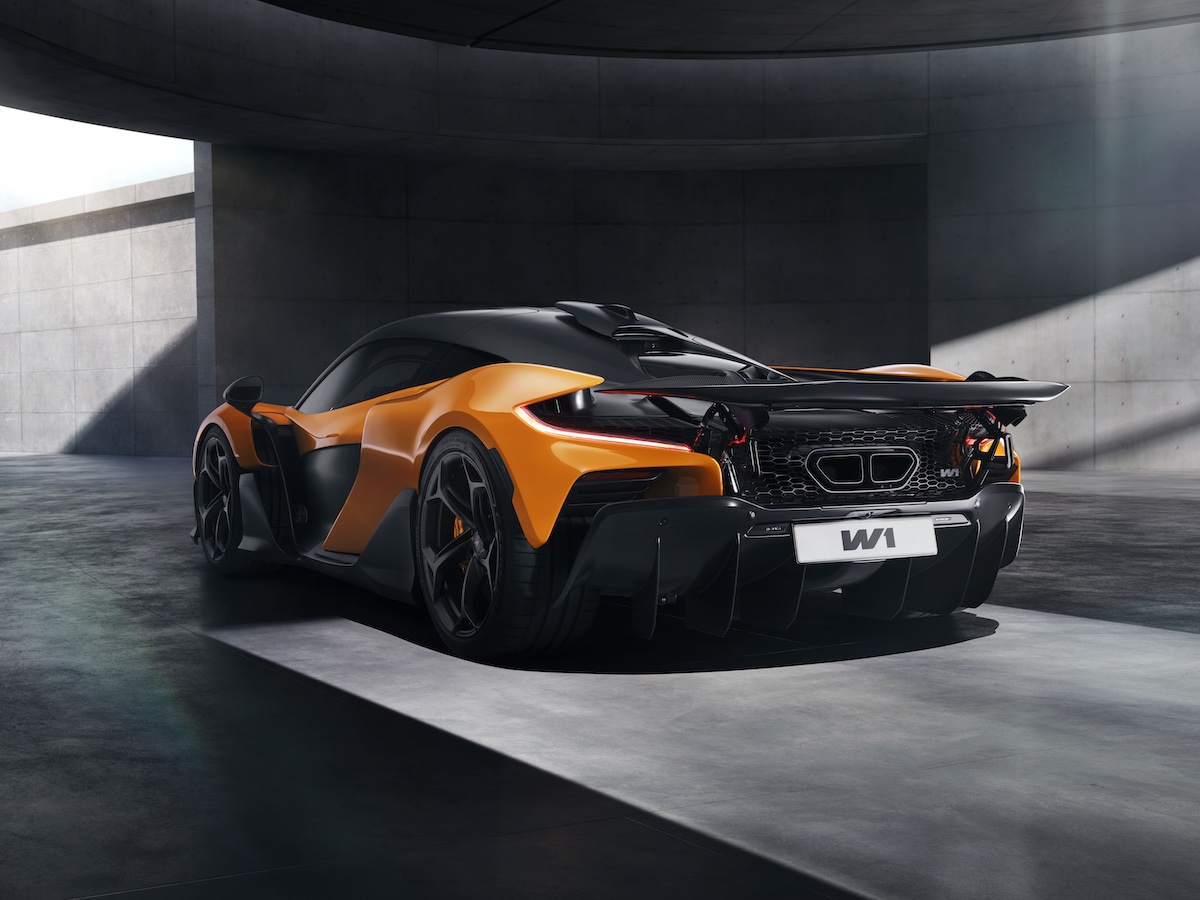
First shown in October 2024, Aussies would be forgiven for seeing some similarities in the latest McLaren’s name, badge design, and even orange hero colour to that of the ultimate HSV GTS-R W1.
Described as “a celebration of both the excellence of the iconic McLaren F1 and McLaren P1 and the manifestation of McLaren’s World Championship mindset” by McLaren CEO Michael Leiters, this automotive apex turns everything up to 11.
The most remarkable characteristic of the W1 is just how light it is for a hybrid. Sure, it isn’t a PHEV like the P1 was, with its hybrid battery under a third of the size, but it tips the scales at just 1399kg dry. The use of weight-conscious components such as 3D-printed titanium suspension parts help keep that number down.

Now sure, the P1 might actually be 4kg lighter than the W1 (according to claimed dry weight figures), but the new car packs far more power, particularly with a slightly larger 4.0-litre twin-turbo V8. 938kW (1257hp) to be precise, a staggering 264kW (354hp) increase.
Those aren’t the only baffling numbers. It’s still rear-wheel drive like the F1 and P1, but the W1 can cover 0-100km/h in a mere 2.7 seconds, 0-200km/h in a blistering 5.8 seconds, and 0-300km/h in a blurry 12.7 seconds en route to its 350km/h electronically limited top speed.
If it weren’t for the fact that wind tunnel tests have shown the W1 can produce one tonne of downforce, you’d assume the speed limiter was added to prevent it taking off into orbit.
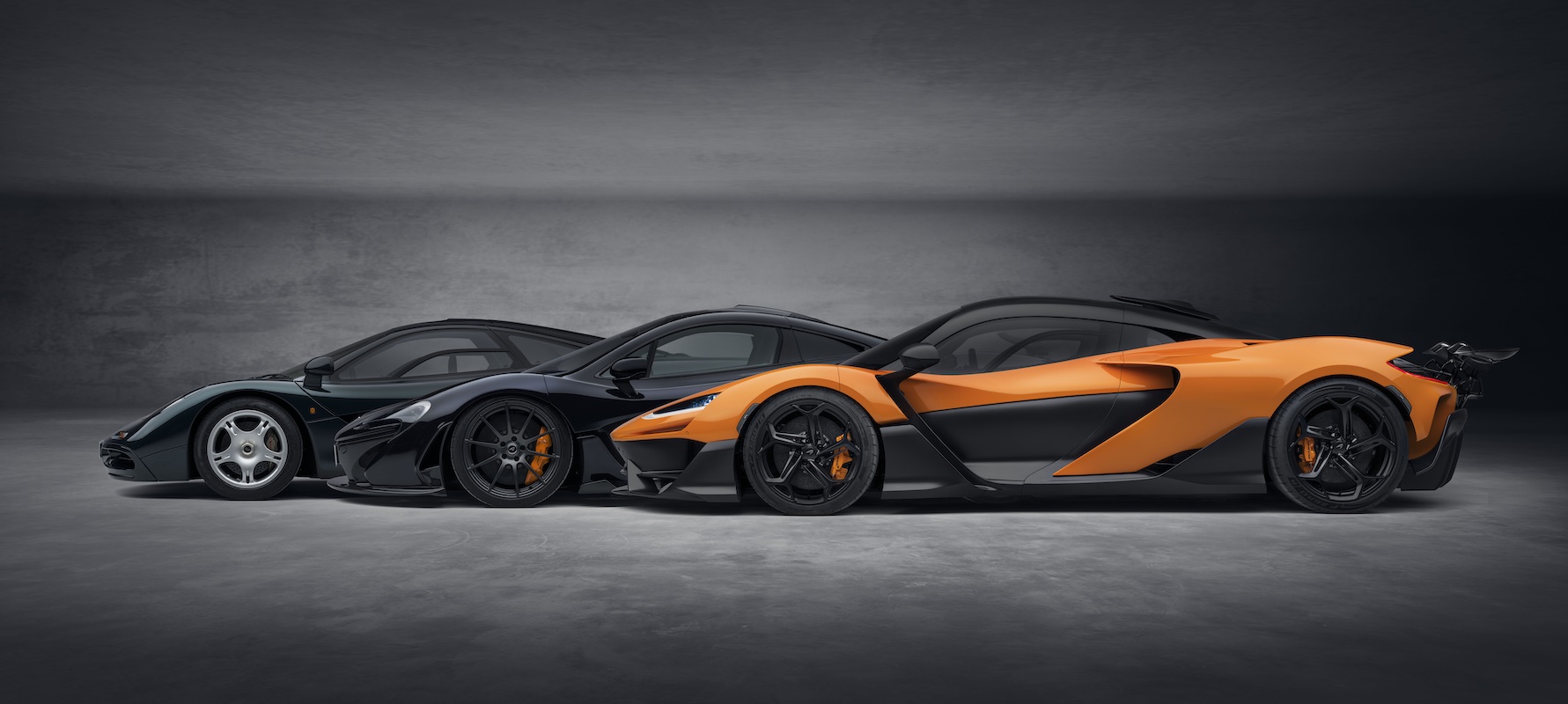
Carbon ceramic 390mm front and rear brakes help bring it to a stop from 200-0km/h in 100 metres, and 100-0km/h in just 29 metres.
Don’t think its hybrid system means McLaren has gone all in on modern, electric components though. The power steering system is still hydraulic for maximum feel. It isn’t intended to offer long stints of electric-only driving, either, with just 2km of pure electric range.
Once again, the production numbers have gone up, with 399 W1s set to be built. Pricing starts from around the £2 million mark before options and taxes, but every example was already sold before the first pictures were shown last year.
Want to read another tale of how an iconic hypercar came to be? Find out how Ferdinand Piëch and the Bugatti Veyron rewrote the fast car rulebook here.

